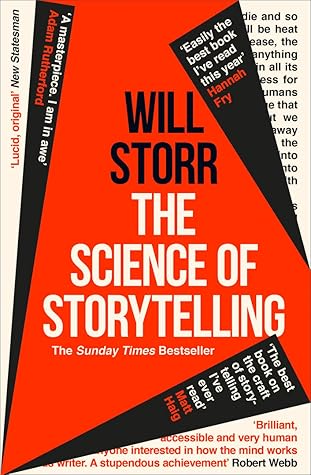More on this book
Community
Kindle Notes & Highlights
When designing a character, it’s often useful to think of them in terms of their theory of control.
Sometimes writers want to highlight some perceived societal problem. Say you’re angry about the US healthcare system, so you decide to write a kind of healthcare version of Oliver Stone’s Wall Street. It centres on a Gordon Gekko type who ramps up the price of an essential medication. Fine. The risk is that, if you don’t do the necessary character work, ‘a healthcare version of Oliver Stone’s Wall Street’ is exactly what you’re going to end up with.
In The Remains of the Day, the butler Stevens has made the idea of English dignity in emotional restraint sacred.
This step involves working out exactly when and how the damage occurred that created your character’s flaw. It’s common in story for there to be a moment when the protagonist reveals hints to their origin damage, or we see it in flashback, and gain a sudden insight into the root causes of their behaviour. But, as Shakespeare worked out four centuries ago, spelling out the causes of a character’s actions overtly can be a mistake. Leaving only clues, or even excising origin damage information completely, can add profundity and fascination to your story.


